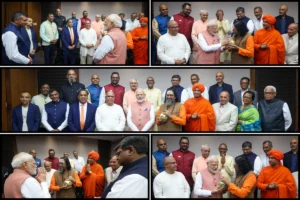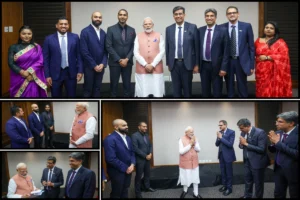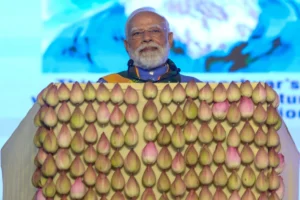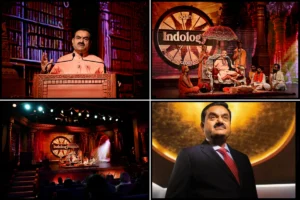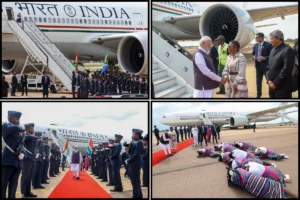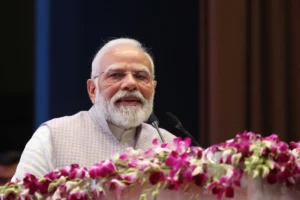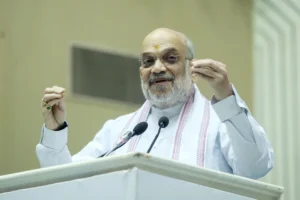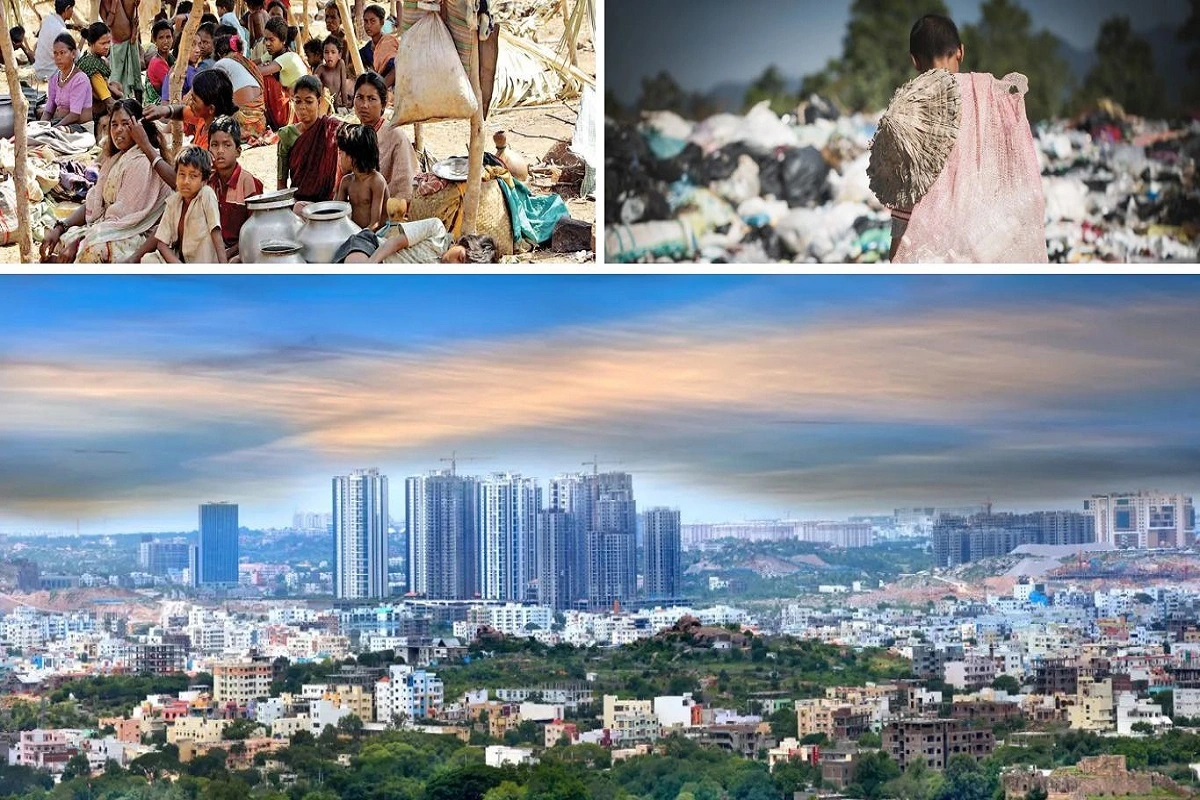
India has recently released its official consumption expenditure data for 2022-23, marking the first survey-based poverty estimates for the country in over a decade. The previous official survey, conducted from 2011-12, left a significant gap in up-to-date data, which has added uncertainty to global poverty headcount ratios.
Before delving into the results, it’s important to note a methodological shift in how India estimates consumption expenditures. The country has two methods: the Uniform Recall Period (URP) and the more accurate Modified Mixed Recall Period (MMRP). The URP method involves asking households about their consumption expenditures over a uniform recall period of 30 days, while the MMRP method asks about expenditures on perishables for the last 7 days, durable goods for the last 365 days, and other items for the last 30 days. India officially adopted the MMRP, aligning with international standards, beginning with the 2022-23 survey, after experimenting with both methods.
Comparable poverty estimates for India have been available using the URP method from 1977-78 to 2011-12 and using the MMRP method from 2011-12 to 2022-23, with poverty lines set at PPP$ 1.9 (international extreme poverty) and PPP$ 3.2 (recommended for lower-middle-income countries like India) per day.
Also read: Sensex, Nifty Hit New Record Highs On Great GDP Statistics And Foreign Fund Inflows
Here’s what the data reveal:
Growth: Real per capita consumption has grown by 2.9% per annum since 2011-12, with rural areas experiencing a significantly higher growth rate of 3.1% compared to urban areas at 2.6%.
Inequality: Both urban and rural inequality witnessed an unprecedented decline. The urban Gini coefficient decreased from 36.7 to 31.9, while the rural Gini dropped from 28.7 to 27.0. This decline in inequality, especially amidst high per capita growth, is remarkable and warrants further investigation.
Poverty: The combination of high growth and reduced inequality has led to the eradication of poverty in India at the PPP$ 1.9 poverty line. The Headcount Poverty Ratio (HCR) for this line declined from 12.2% in 2011-12 to 2% in 2022-23, equivalent to an annual reduction of 0.93 percentage points. Rural poverty now stands at 2.5%, with urban poverty at 1%. At the PPP$ 3.2 line, the HCR decreased from 53.6% to 20.8%, representing a nearly 3 percentage point reduction per year. It’s important to note that these estimates do not account for government-supplied food or public health and education services.
The data reveal a significantly lower number of poor people in India compared to World Bank estimates. The World Bank relied on the Consumer Pyramids Household Survey, a privately provided data source, which has known issues as highlighted by Bhalla, Bhasin, and Virmani (2022).
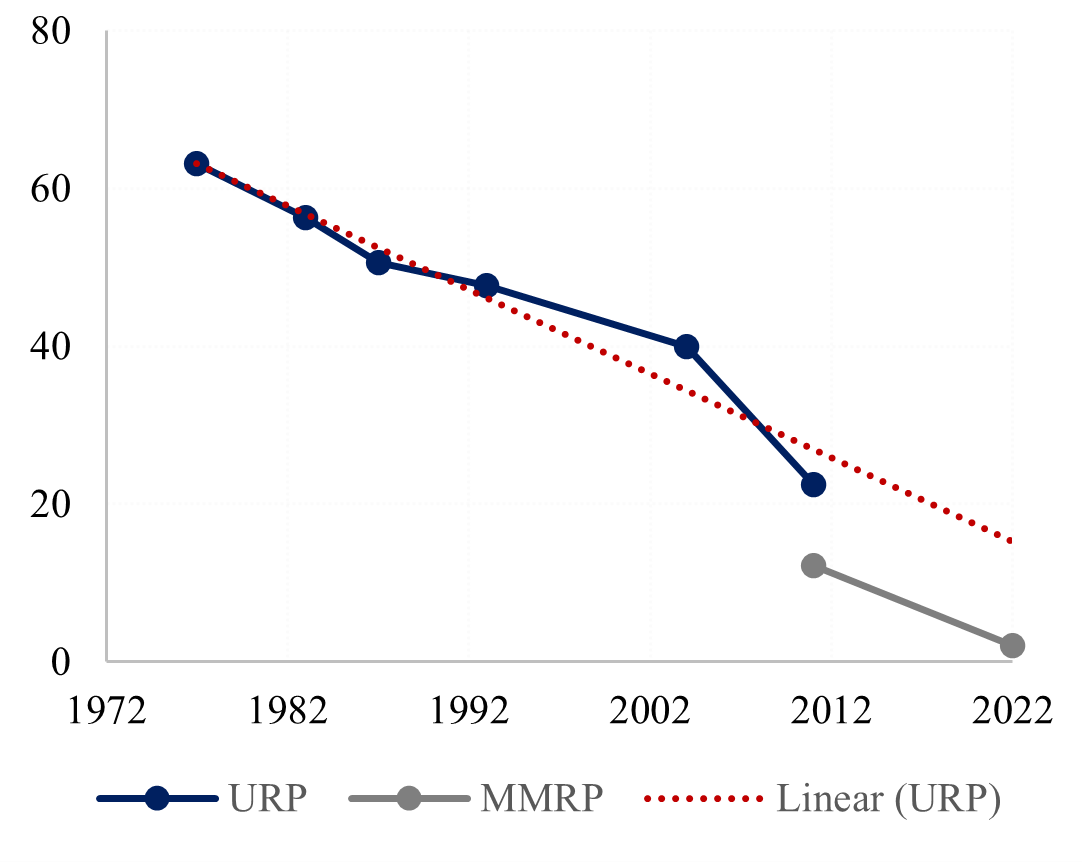
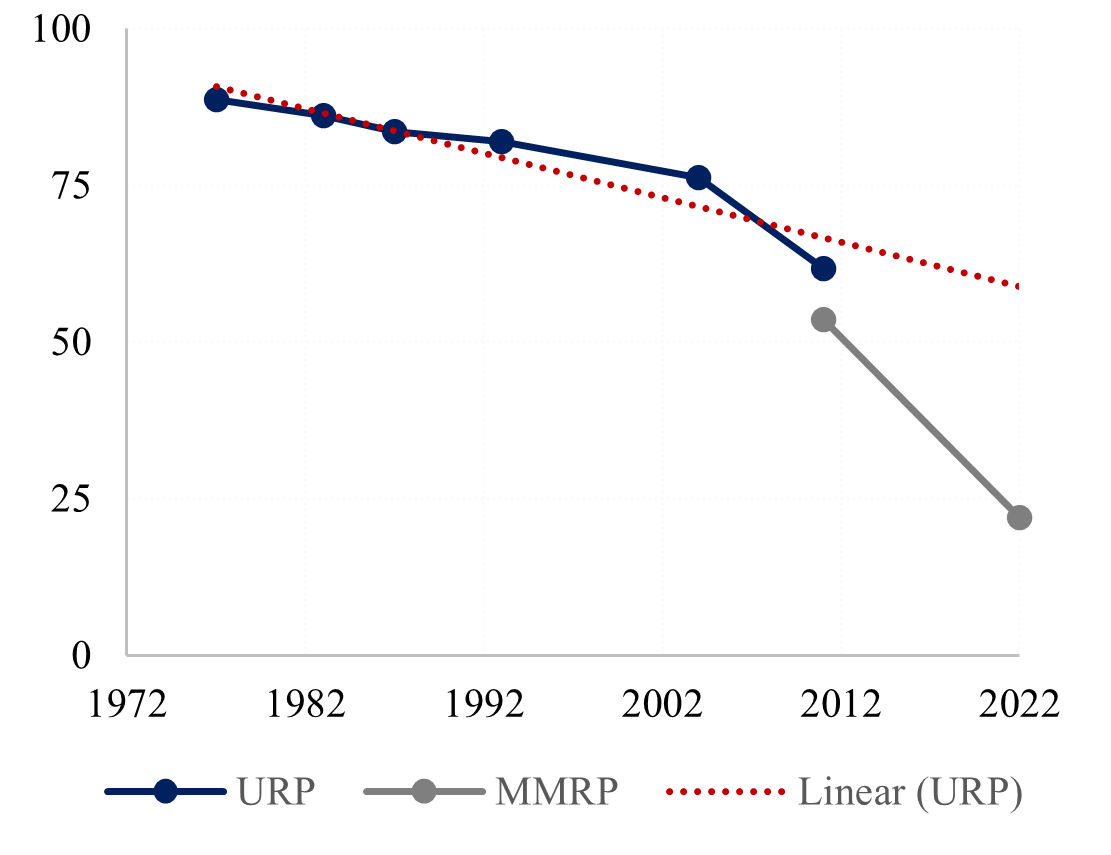
The chart below illustrates India’s HCR for both the $1.9 PPP and $3.2 PPP lines from 1977-78. The change in the slope of the HCR for the higher $3.2 poverty line underscores the inclusive growth experienced in India over the last decade.
To read more such news, download Bharat Express news apps








